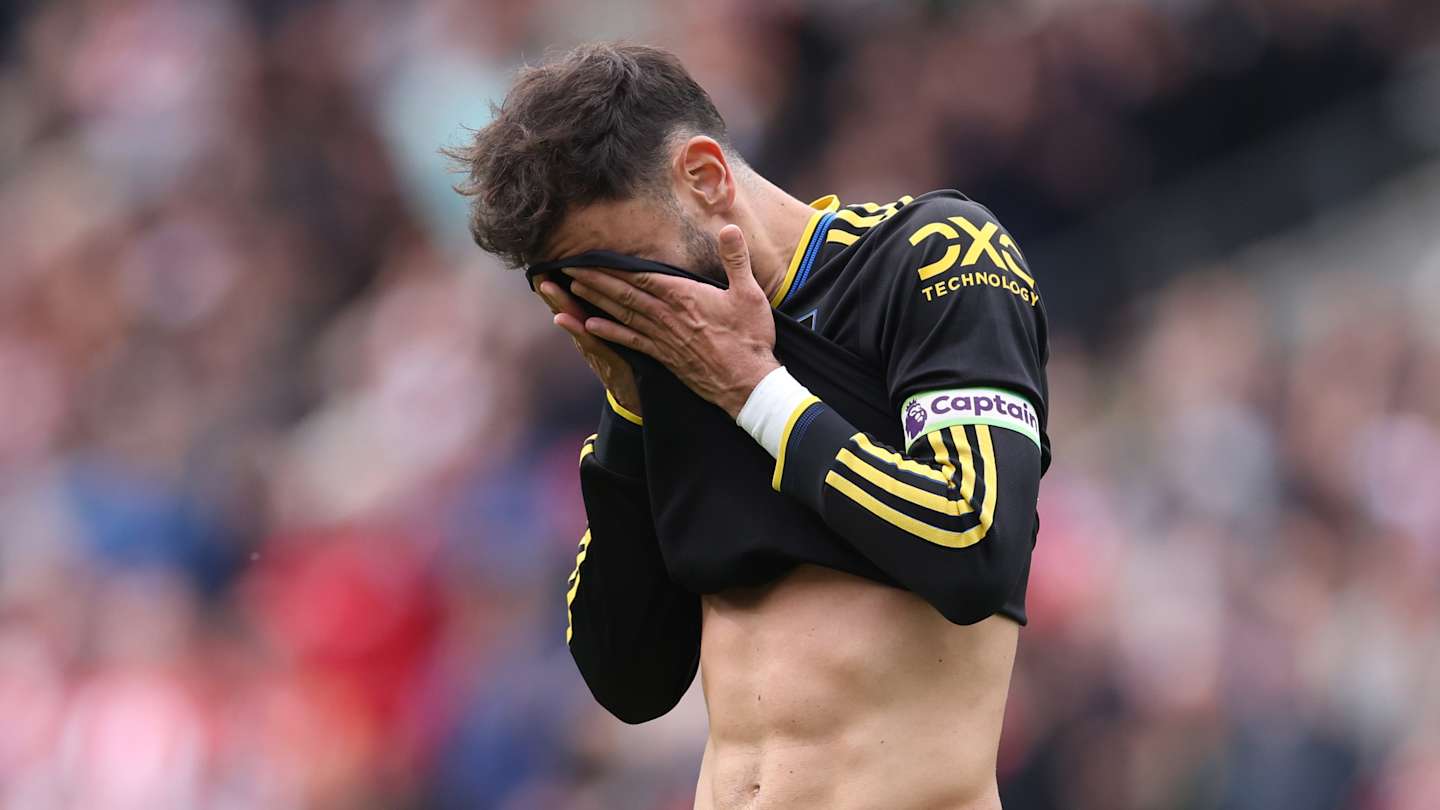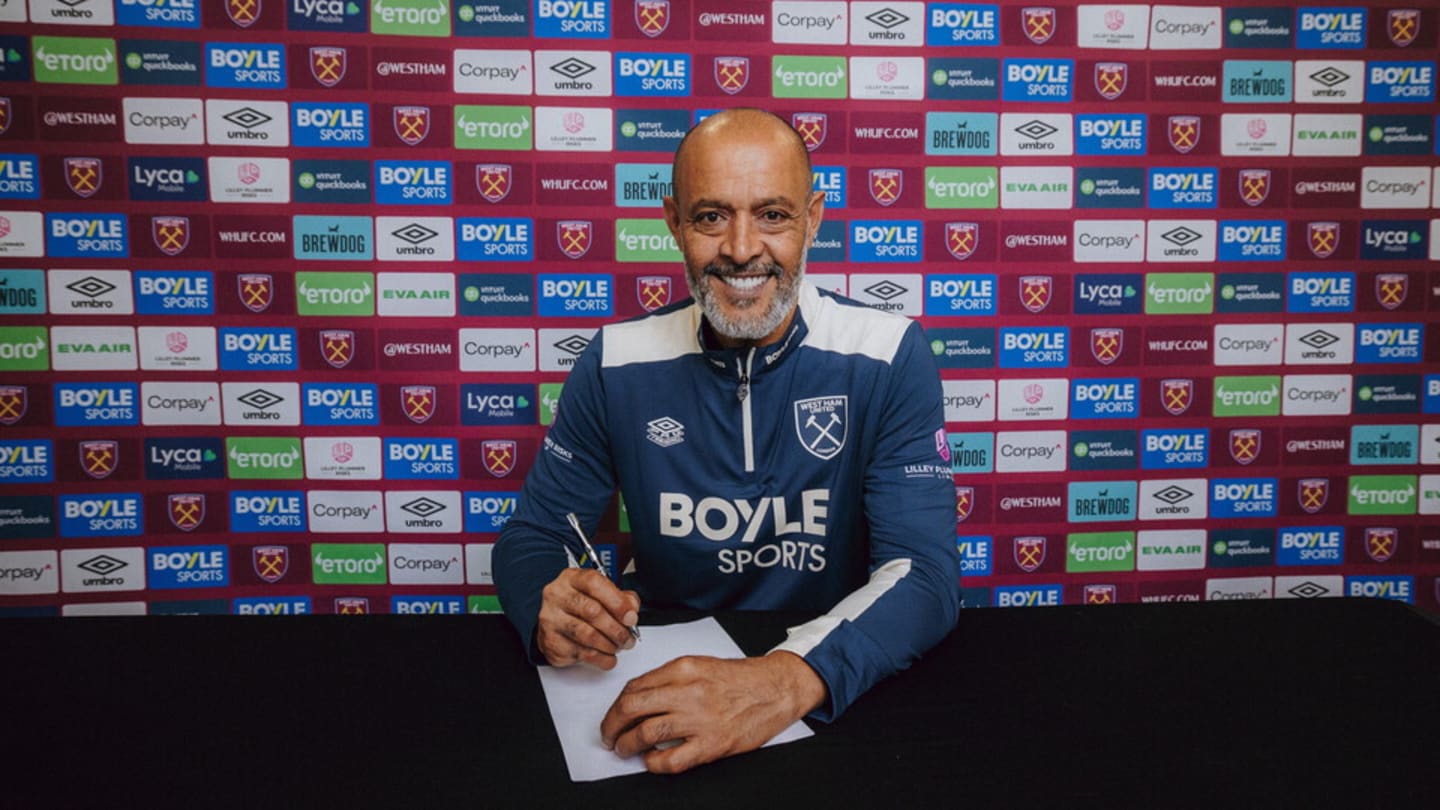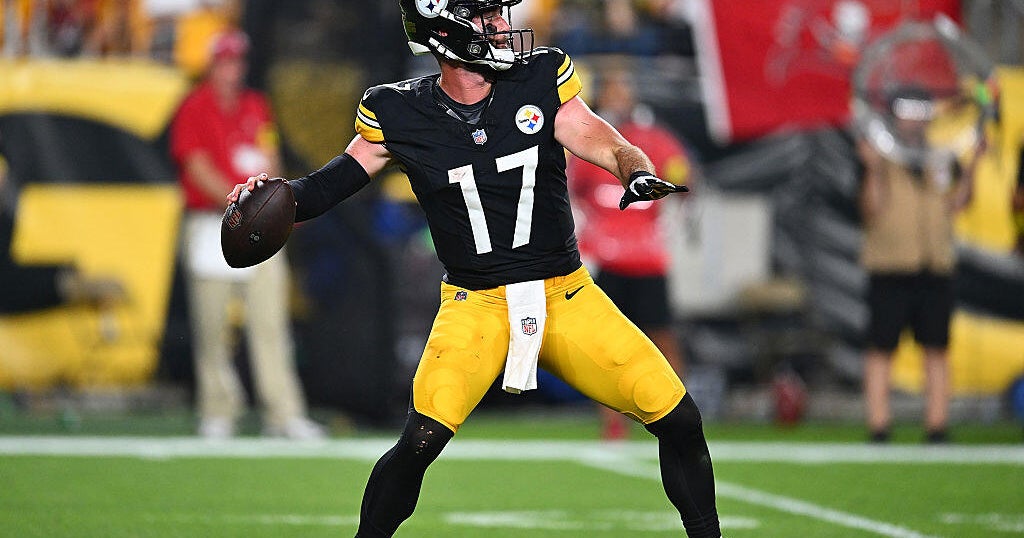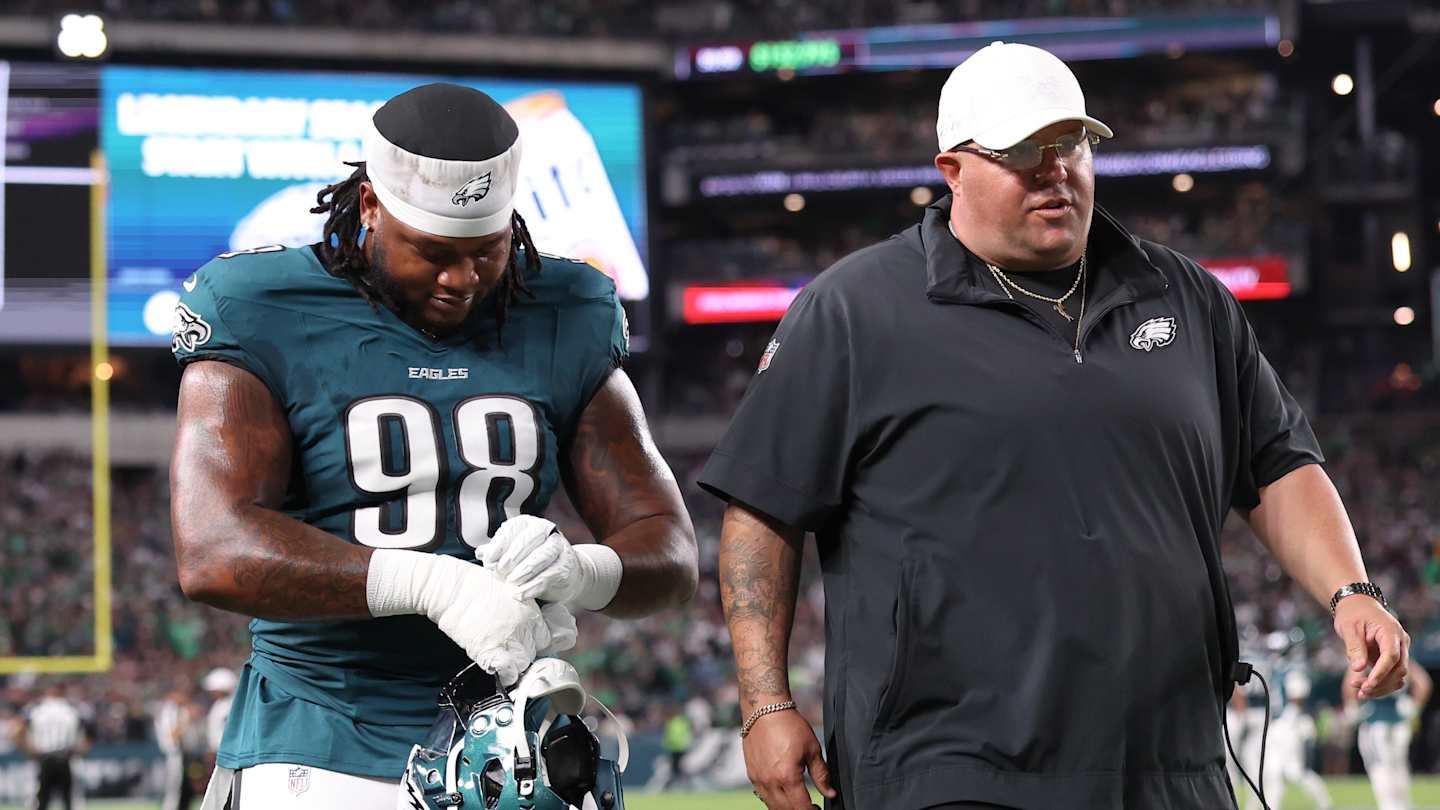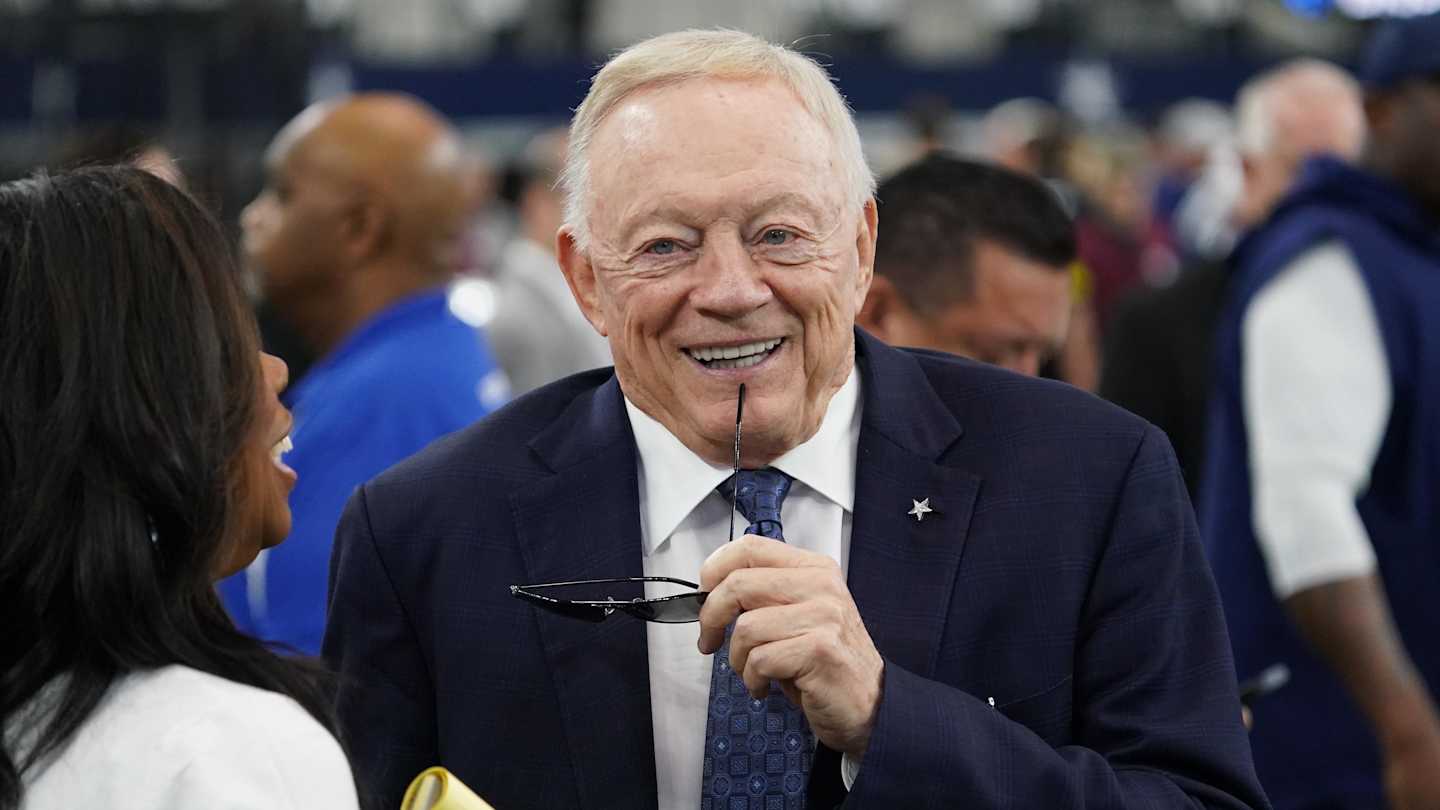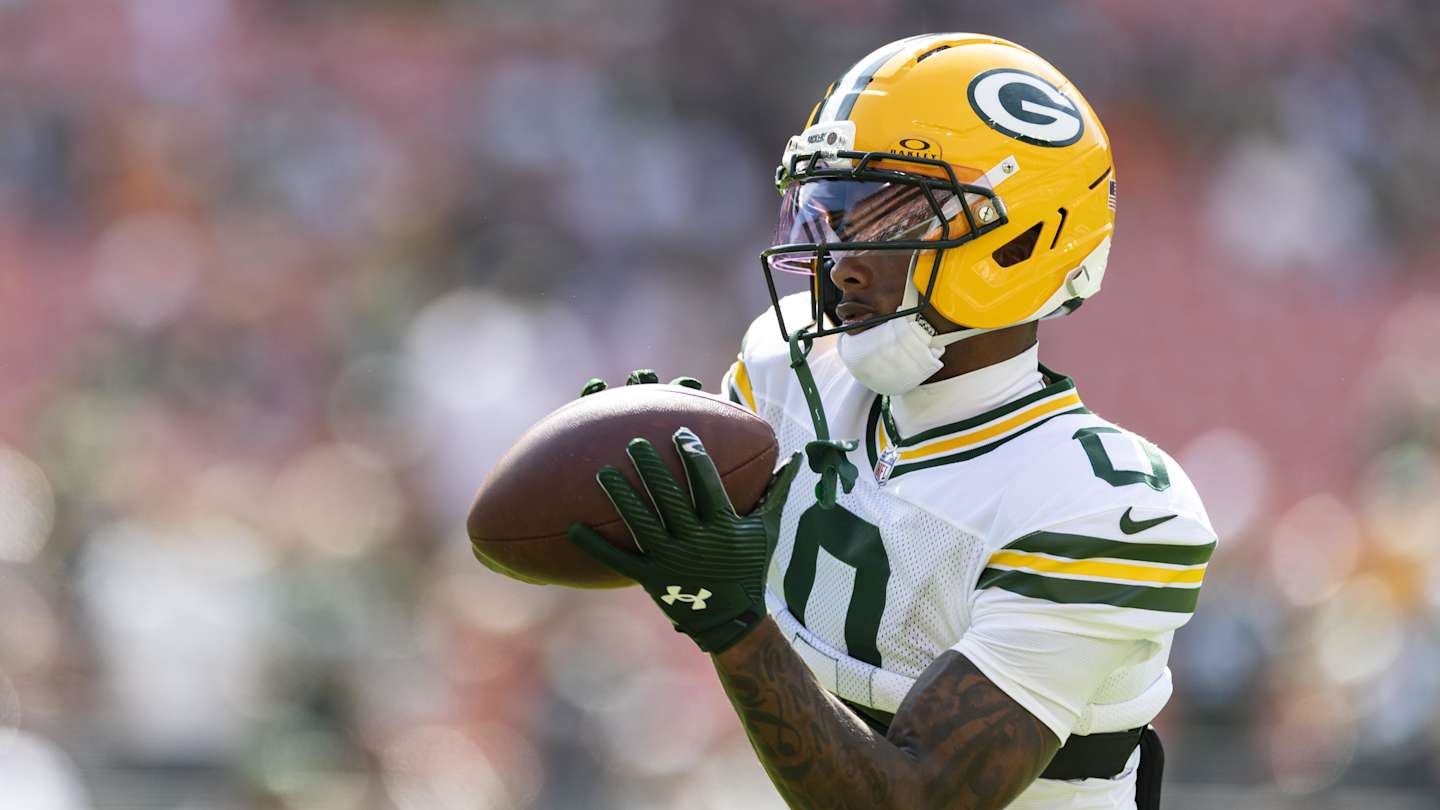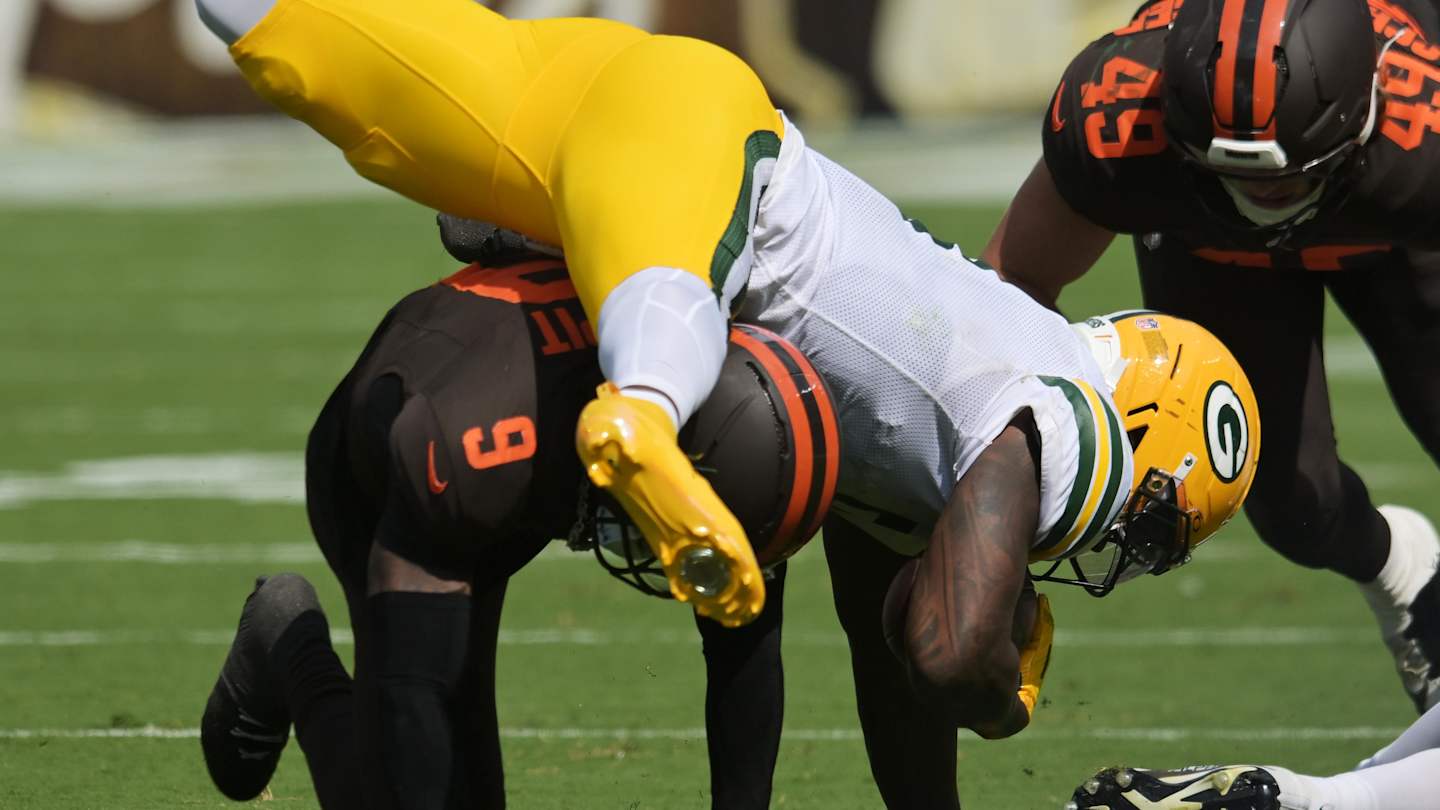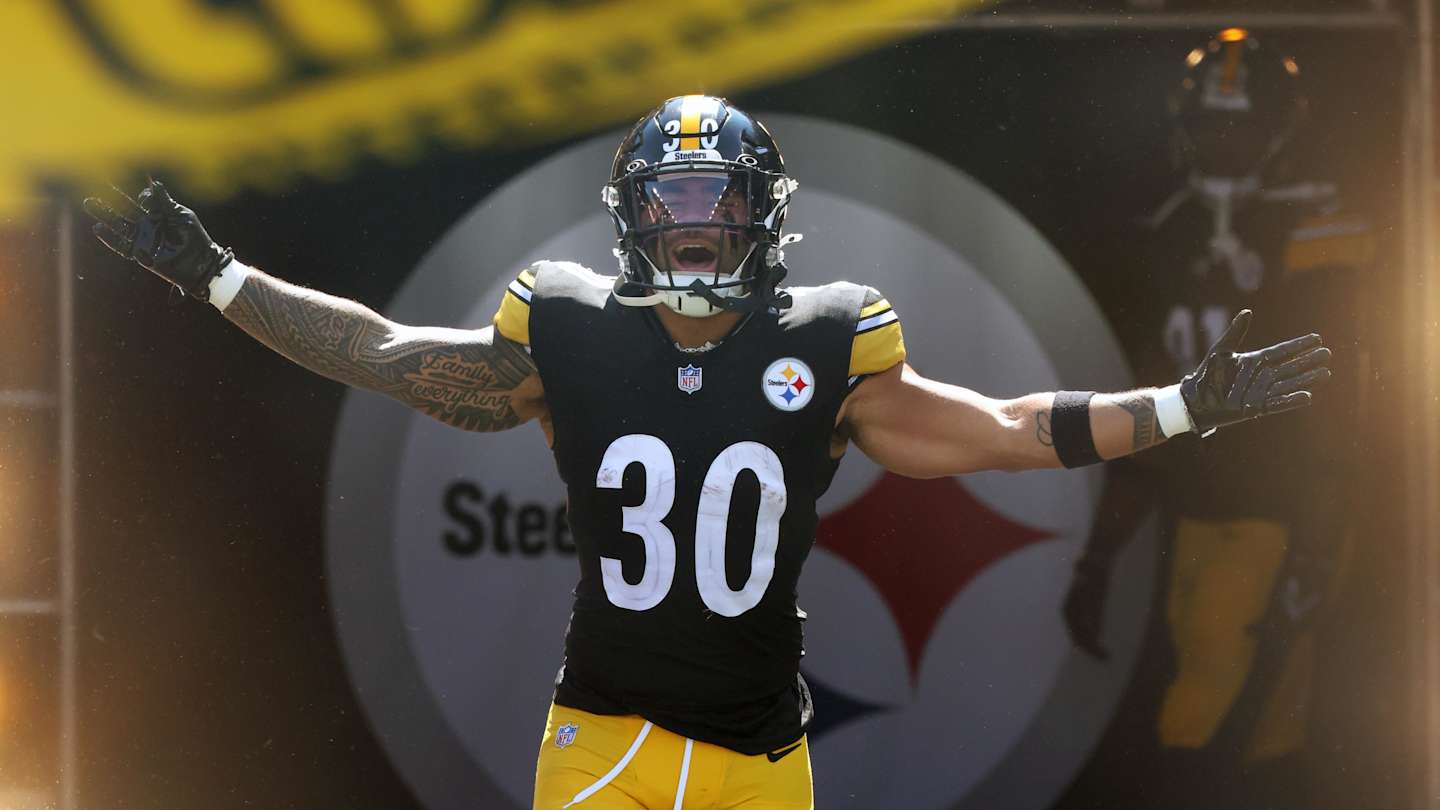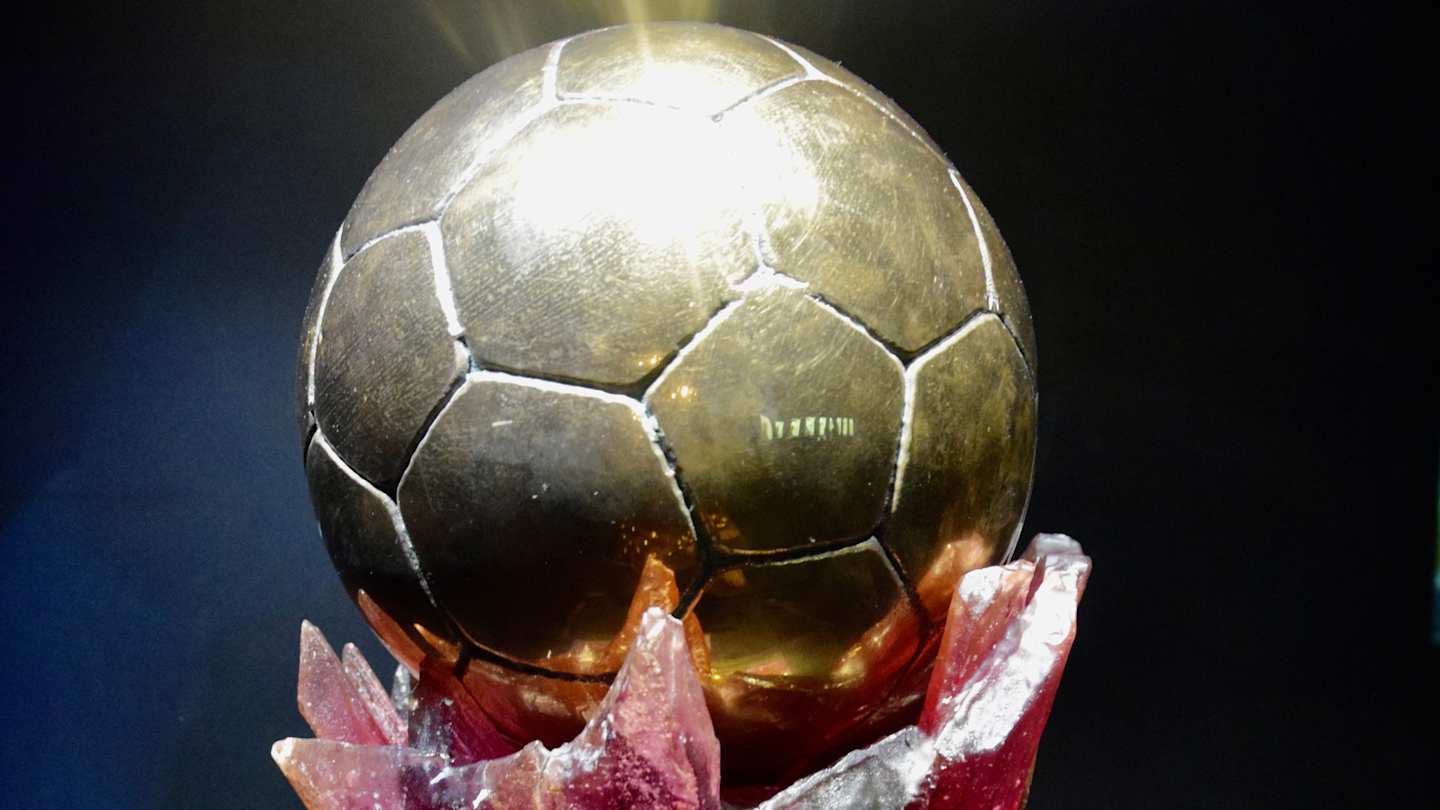
For any ardent football fan, the Ballon d’Or is a familiar and revered trophy. Since 1956, France Football magazine has celebrated the world’s finest player with this iconic golden ball, initially based on a calendar year’s achievements and now on the preceding season’s performance. Legends like Ronaldinho, Zinedine Zidane, Ronaldo, Marco van Basten, and Cristiano Ronaldo have all lifted it, but it is Lionel Messi who stands alone with an unprecedented eight awards.
However, there’s another, far more exclusive accolade that often escapes the general football discourse: the Super Ballon d’Or. This unique award has only ever been presented once, making it one of the sport’s most intriguing mysteries. Here, we delve into the history, purpose, and potential future of this exceptional honour.
What Exactly is the Super Ballon d’Or?
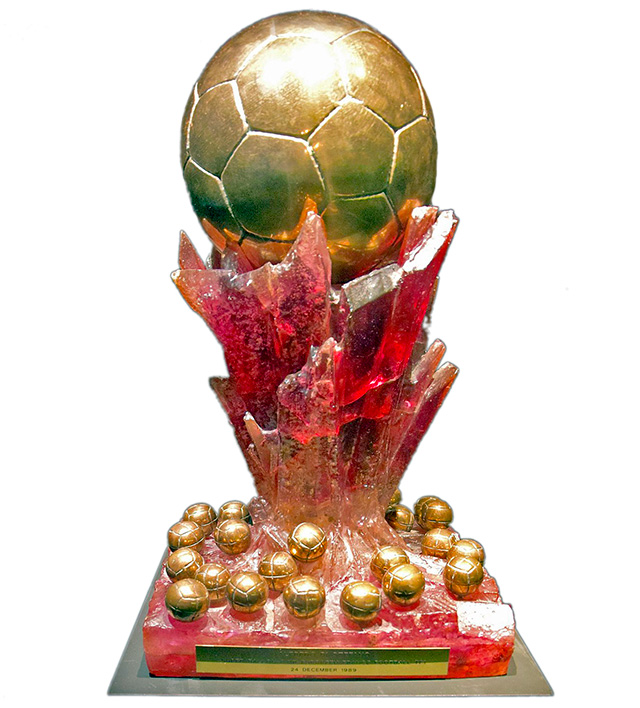
The Super Ballon d’Or is a special award conceived by France Football in 1989 to honour the best player of the preceding three decades. Unlike the annual Ballon d’Or, this was designed as a retrospective celebration of sustained excellence over a prolonged period.
The winner was determined through a unique voting process that combined input from readers and viewers, a panel of France Football journalists, and former Ballon d’Or recipients. This multi-faceted approach aimed to capture both popular sentiment and expert opinion.
Alfredo Di Stéfano: The Sole Recipient

The inaugural, and to date only, winner of the Super Ballon d’Or was Real Madrid legend Alfredo Di Stéfano. He famously edged out formidable contenders like Johan Cruyff and Michel Platini. Interestingly, while readers and viewers leaned towards Platini, the combined votes of the jury and former Ballon d’Or winners ultimately swayed the decision in Di Stéfano’s favour, highlighting the influence of football’s cognoscenti.
The trophy itself was a magnificent sight: a grand golden ball emerging from a base adorned with red crystals and smaller red spheres. For many years, it was a prized exhibit at the Real Madrid museum in the Santiago Bernabéu Stadium. However, in 2021, Di Stéfano’s children auctioned the trophy, which was acquired by an anonymous buyer for a staggering £187,500.
Will We Ever See Another Super Ballon d’Or?
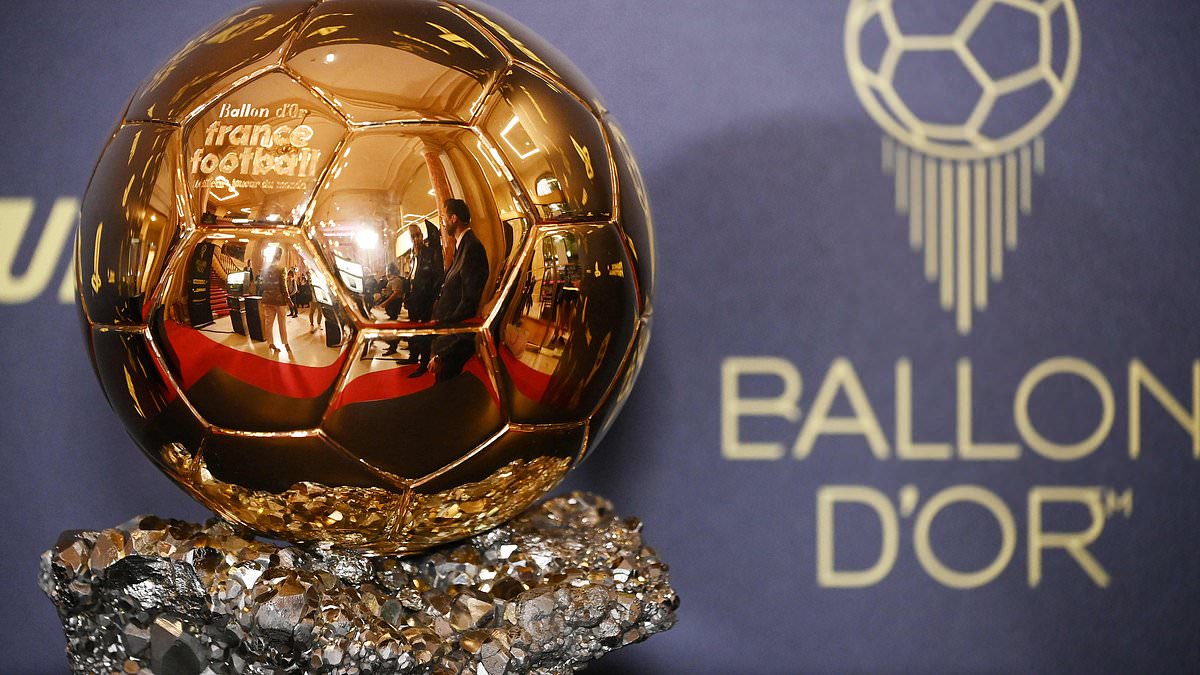
As of now, there are no official announcements or plans for a second Super Ballon d’Or. This absence has firmly cemented its status as arguably the rarest individual prize in football history. Many anticipated a potential second award in 2019, exactly three decades after its first presentation, but the year passed without any such ceremony.
Speculation, however, continues to swirl around the year 2029. This would mark 40 years since Di Stéfano’s historic win, a milestone that some believe could prompt France Football to revive the award. The allure of such a prestigious and infrequent honour only grows with each passing decade.
Who Would Be the Next Super Ballon d’Or Winner?
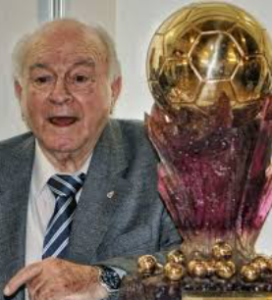
If the Super Ballon d’Or were to make a return, there is one name that immediately springs to mind as the overwhelming favourite: Lionel Messi. With an unparalleled eight regular Ballon d’Or titles, his dominance over the past two decades is undeniable.
Should there be any serious competition, it would undoubtedly come from Cristiano Ronaldo, Messi’s long-standing rival. A five-time Ballon d’Or winner and now the highest scorer in professional football history, Ronaldo’s consistent brilliance would make him a strong contender. Other legendary figures who might be considered include Ronaldo Nazário, revered as one of the greatest pure strikers, and two-time Ballon d’Or winner; Zinedine Zidane, an all-time great midfielder; and Ronaldinho, whose “joga bonito” style captivated the world.
However, given Messi’s extraordinary achievements and longevity at the pinnacle of the sport, he would likely be the frontrunner. Unless, of course, a new prodigy emerges to claim four consecutive Ballons d’Or between now and 2029 – a challenge that perhaps only a player like Kylian Mbappé could even contemplate.

